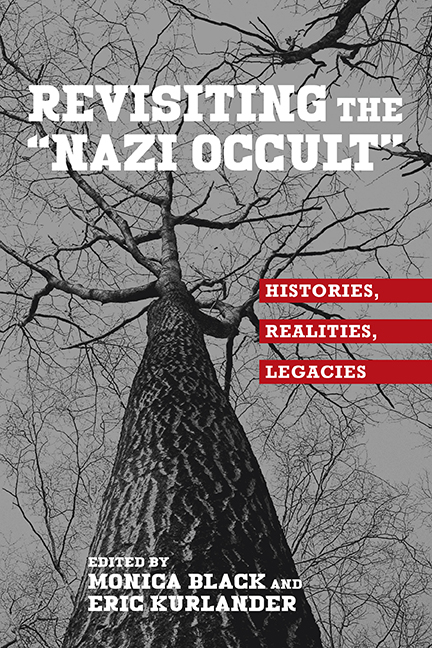9 - A Messiah after Hitler, and His Miracles: Bruno Gröning and Postwar Popular Apocalypticism
Published online by Cambridge University Press: 10 June 2021
Summary
YOU COULD SAY IT WAS an age of miracles. The years following the Second World War saw mysterious healings, divine visitations, and the veneration of saints. In America, Oral Roberts exorcised demons to cure the sick. In France, Italy, Germany, Poland, and Spain, the Virgin Mary appeared hundreds of times. Padre Pio and Therese Neumann received stigmata—and pilgrims from all over the world. Less sanctified, perhaps, but no more readily explicable, were the dozens of UFO sightings reported from Japan to New Mexico and beyond. And in 1949, for the first time since the history of weather began being systematically recorded, it snowed in Los Angeles, California. In March that same year, rumors began circulating around Herford, a Westphalian city in what would soon become the Federal Republic of Germany, about a nine-yearold boy named Dieter Hülsmann, who suffered from muscular dystrophy. Dieter had lain in bed for some 10 weeks, his father later said, unable to stand or walk. Then, to his family's great and hopeful amazement, and assisted by an obscure wonderworker, Dieter had stood up and taken several hesitant steps. This was immediately hailed as a miracle. As rumors of it spread out from Herford, the Hülsmann family villa at Wilhelmsplatz 7 was besieged with visitors, well-wishers, and cure-seekers, not to mention scores of the merely curious. Cars, trucks, even whole buses began lining the well-heeled neighborhood's streets, as ailing people streamed into town. Soon hundreds, then thousands were sleeping on benches in the train station or on the Hülsmanns’ lawn, for days and nights at a time, in the cold and damp of spring.
With the cure-seekers came reporters, and with them stories of spontaneous healings began circulating far outside Herford, an ancient but otherwise ordinary city of some fifty thousand, known chiefly for the manufacture of sweets and furniture. They called it the Miracle of Herford. Adults and children, whether in wheelchairs, mobile only on crutches, or indeed confined to bed for years, were suddenly standing up and walking around. People with trouble speaking could talk without hesitation or constraint. Eyes dimmed by age or accident could see again. Pain endured for months or years vanished. Stiff and damaged limbs and fingers became supple. The deaf could hear.
- Type
- Chapter
- Information
- Revisiting the "Nazi Occult"Histories, Realities, Legacies, pp. 205 - 222Publisher: Boydell & BrewerPrint publication year: 2015



